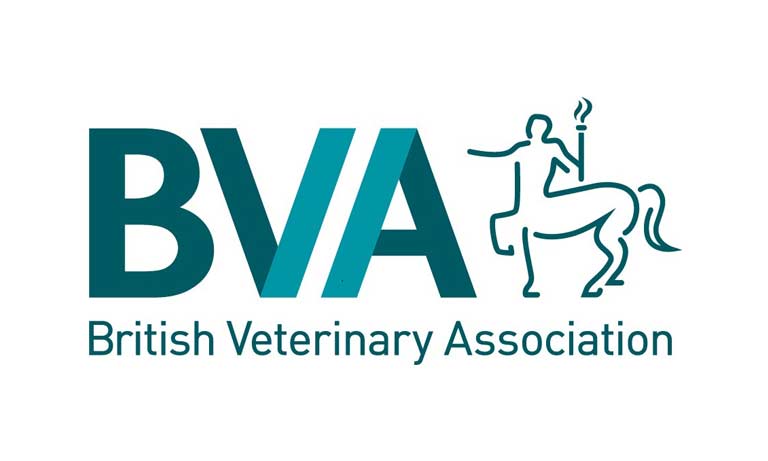Brucella canis: what vets need to know
14 Feb 2024
21 May 2019 | Ellie West
Ellie West describes the journey which she and her practice have taken towards being a more environmentally sustainable business. She discusses the environmental, business, and personal motivations for this process.

For Davies Veterinary Specialists, our journey started when one of our anaesthetists attended a short lecture called ‘ Climate Change and Anaesthesia’. The impact and stark consequences of climate change have been stated by the recent IPCC reports. The Green Group at Davies Veterinary Specialists was started in December 2016, following the Directors’ invitation to convene and support it. Our group included vets, nurses, maintenance, kennel assistants and administration, and was chaired by Patricia Ibarrola.
For me it became rapidly clear that we lacked power; we were deficient in knowledge, in cultural authority within the practice and in communication. I proposed that we joined Investors in the Environment to help us create a comprehensive and meaningful Environmental Management scheme. I became the iiE Green Champion for Davies Veterinary Specialists and we achieved our Silver Level accreditation in August 2018.
As an anaesthetist, it has shocked me to fully understand the role that all of the modern anaesthetic gases play as potent greenhouse gases, and the size of their contribution to our carbon footprint at DVS. They are disproportionately harmful due to their persistence in the atmosphere and the peculiar property of ‘plugging’ a window by which the Earth cools itself. Nitrous oxide is particularly damaging, and is also an ozone-depleting agent. Further information on environmental sustainability within veterinary anaesthesia can be found in this recent article and these ASA guidelines.
Carbon budgeting seems likely in the future, and as an industry we would be negligent to be unaware of our environmental impacts. BVA’s position on sustainable agriculture is to be welcomed and acted upon urgently; the risk of failure is catastrophic, not only for this industry but for our society.
This process has been fascinating and frustrating, and it is clear that it is an ongoing journey for Davies Veterinary Specialists. As a group, we have needed to work closely with our colleagues, such as the Infection Control, Facilities and Marketing groups, and we have empowered previously ‘underground’ recyclers. We have also met barriers which were not insurmountable despite long-repeated objections, which have been a pleasure to remove.
This project has allowed me to mix personal convictions with my professional life. I decided that if I was to have an impact, it should be on as large a scale as possible to justify the time which I would invest in it. One thing I have worked to balance is the time spent in front of a computer tapping away on sustainability-related projects, with the time I spend connecting with nature myself. I have an increased admiration for the job that others do, and I feel very uplifted by the engagement and support of the practice and its staff.
For more suggestions and information, see our Davies sustainability webpages and our recent WebinarVet (available for 6 months), or contact me directly.
Cohesive focus for the veterinary industry is likely to come through a sustainability stream within the Vet Futures initiative, driven by RCVS and BVA. However, the solution to our crisis will not come from one place. It will require many voices to change habits, lifestyles and political systems. We will need to insist on alternatives from suppliers, manufacturers and CPD organisers to become carbon literate, and to change some of the ways in which we live and practice.
Get tailored news in your inbox and online, plus access to our journals, resources and support services, join the BVA.
Join Us Today